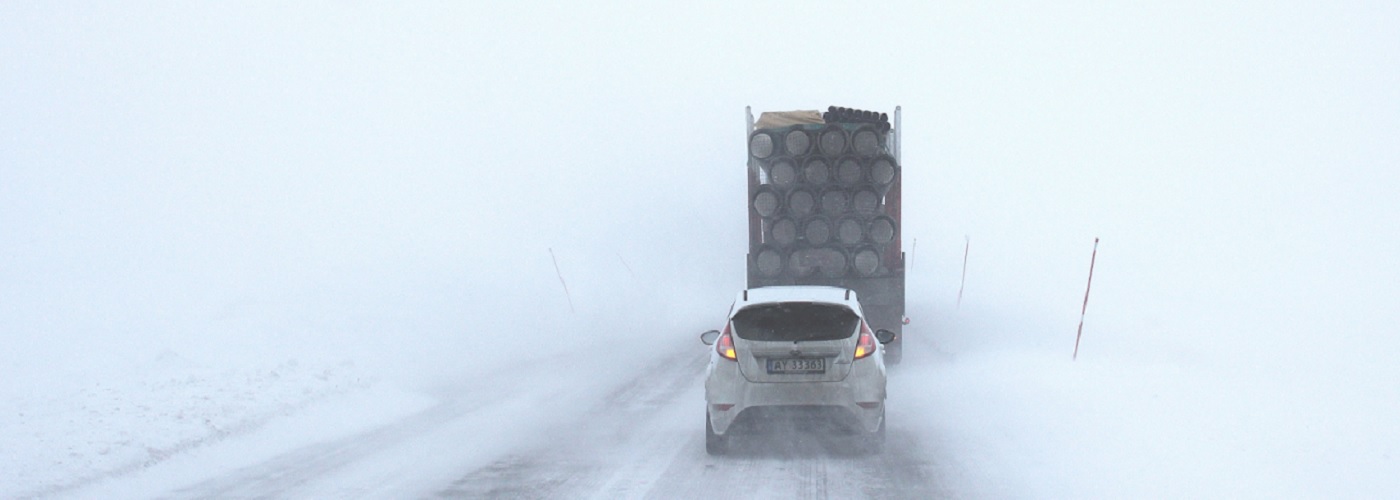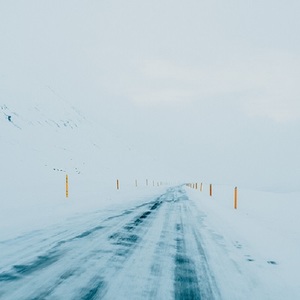

Before 1870, there is no known use of the word "blizzard" referring to a type of snow storm. Then, in April of 1870, a newspaper in Estherville, IA, mentioned the word "blizzard" when referring to a major snowstorm that hit the state that winter. For the next decade, the word blizzard became a popularized term to describe particularly severe snow/wind events around the country.
Today, the National Weather Service has specific criteria that must be met in order for a blizzard warning to be issued. There must be sustained winds of at least 35 mph that is combined with falling and/or blowing snow that reduces visibility to 1/4 mile or less for a period of at least 3 hours. Unlike other winter-related advisories, areas under blizzard warnings don't have to see a certain amount of snow in order to be issued. At times, blizzard warnings will be issued when little snowfall is expected and snow that fell previously will be enough to create blizzard conditions. This situation is referred to as a "ground" blizzard.
Certain portions of the US can expect at least a few blizzards each winter. The Plains region that encompasses North Dakota, South Dakota, and Nebraska see the highest frequency of blizzards in the US. This stat is driven by the readily available amount of cold air that resides here combined with the frequent passage of low pressure systems that the area experiences. The flat, featureless landscape is also a contributing factor, as this results in less friction at the surface that winds have to overcome. Also, because the air tends to be colder in this part of the Plains region, the character of the snow will tend to be lighter and fluffier here than other areas of the country. This type of snow blows into the air with ease compared to wetter and heavier snowfalls.
The Dakotas and Nebraska region can expect around 2 blizzards a year. During active years, several may occur. When blizzards hit, along with snow and blowing snow, bitter cold temperatures and dangerously cold wind chills can also be expected. This aspect can be the most life-threatening, because if you get stranded in the storm, frostbite and hypothermia can ensue.
Click here for a complete checklist on how to stay safe during winter storms.
Click here for a look at how many blizzards occurred in the US from 1959-2000.
